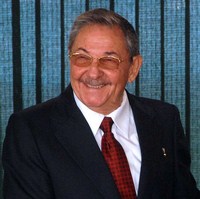
Colombia’s long armed conflict against leftist guerrilla groups may be entering its final stages as peace negotiations with the Revolutionary Armed Forces of Colombia (FARC) proceed. The possibility of peace comes after a decade-long military buildup and a series of offensives left both the FARC and the smaller National Liberation Army (ELN) weakened, but not defeated. Colombia, a distant third in population among Latin American countries, now has the region’s second-largest armed forces and its largest army. This buildup turned the tide in the conflict. But it has also altered the Colombian military’s relationship with its civilian leaders. The president […]







